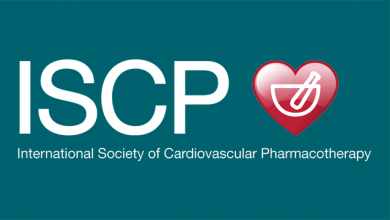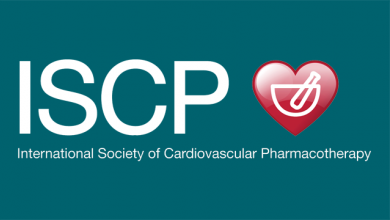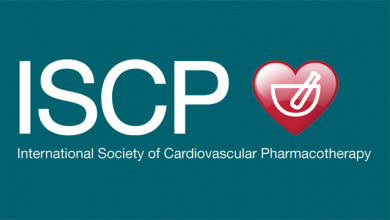Search results
Author(s):
Ayumi Katayama
,
Masafumi Funamoto
,
Kana Shimizu
,
et al
Added:
3 years ago
Best Abstract Award – Second prize
Topic: Heart Failure (Basic), Molecular Cardiology
Introduction
A major morphogenic change in heart failure is the hypertrophy of individual cardiomyocytes. Suppressing cardiomyocytes hypertrophy enables the prevention and treatment of heart failure. Although many experimental studies and clinical intervention trials have shown the cardioprotective effect of…
View more
TBL1 Suppresses Cardiomyocyte Hypertrophy by Regulating the Interaction Between HDAC3 and GATA4
Author(s):
Yasufumi Katanasaka
,
Masatoshi Namiki
,
Yoichi Sunagawa
,
et al
Added:
3 years ago
Article
Author(s):
Satoshi Shimizu
,
Yoichi Sunagawa
,
Kodai Hara
,
et al
Added:
3 years ago
Topic: Heart Failure (Basic), Molecular Cardiology
Introduction
The zinc finger protein GATA4 is a transcription factor that associates with the intrinsic histone acetyltransferase p300 and regulates myocardial transcriptional activity in response to hypertrophic stimuli. It is known that GATA1, another member of the GATA transcription family, forms a homo-dimer and regulates transcriptional…
View more
Author(s):
Yoichi Sunagawa
,
Ayumi Katayama
,
Masafumi Funamoto
,
et al
Added:
2 years ago
Author(s):
Kazuma Hanajima
,
Yusuke Miyazaki
,
Yasufumi Katanasaka
,
et al
Added:
3 years ago
Topic: Heart Failure (Clinical), Cardiomyopathy, Myocarditis
Background
The mortality of heart disease has been increasing in all over the world. Cardiac hypertrophy is an important risk factor for heart failure. We have previously reported that protein arginine methyltransferase 5 (PRMT5) specific inhibitor EPZ015666 (EPZ) suppressed cardiomyocyte hypertrophy in neonatal rat cardiomyocytes…
View more
Author(s):
Yuto Kawase
,
Kana Shimizu
,
Masafumi Funamoto
,
et al
Added:
2 years ago
Author(s):
Satoshi Shimizu
,
Miho Yamada
,
Takahiro Katagiri
,
et al
Added:
2 years ago
Author(s):
Yoichi Sunagawa
,
Masafumi Funamoto
,
Anna Suzuki
,
et al
Added:
3 years ago
Topic: 3. Heart Failure and Cardiomyopathy
Introduction and Objectives
Maladaptive hypertrophy is being recognized as a critical event during the development of heart failure. In a previous study, we demonstrated that a natural compound, curcumin, prevented cardiomyocyte hypertrophy and the development of heart failure in two different model animals.1–4 Recently, we screened a natural…
View more
Author(s):
Masafumi Funamoto
,
Yoichi Sunagawa
,
Yasufumi Katanasaka
,
et al
Added:
3 years ago
Topic: 3. Heart Failure and Cardiomyopathy
Introduction and Objectives
An intrinsic histone acetyltransferase (HAT), p300, is required for acetylation and the transcriptional activity of GATA4, as well as for pathological left ventricular hypertrophy (LVH) and the development of heart failure (HF) in vivo. Many studies of histone modification have been performed within the flexible tails of…
View more
Curcumin Analogue GO-Y030 Significantly Improves Pressure Overload-induced Heart Failure in Vivo
Author(s):
Kana Shimizu
,
Masafumi Funamoto
,
Mai Genpei
,
et al
Added:
3 years ago
Article












